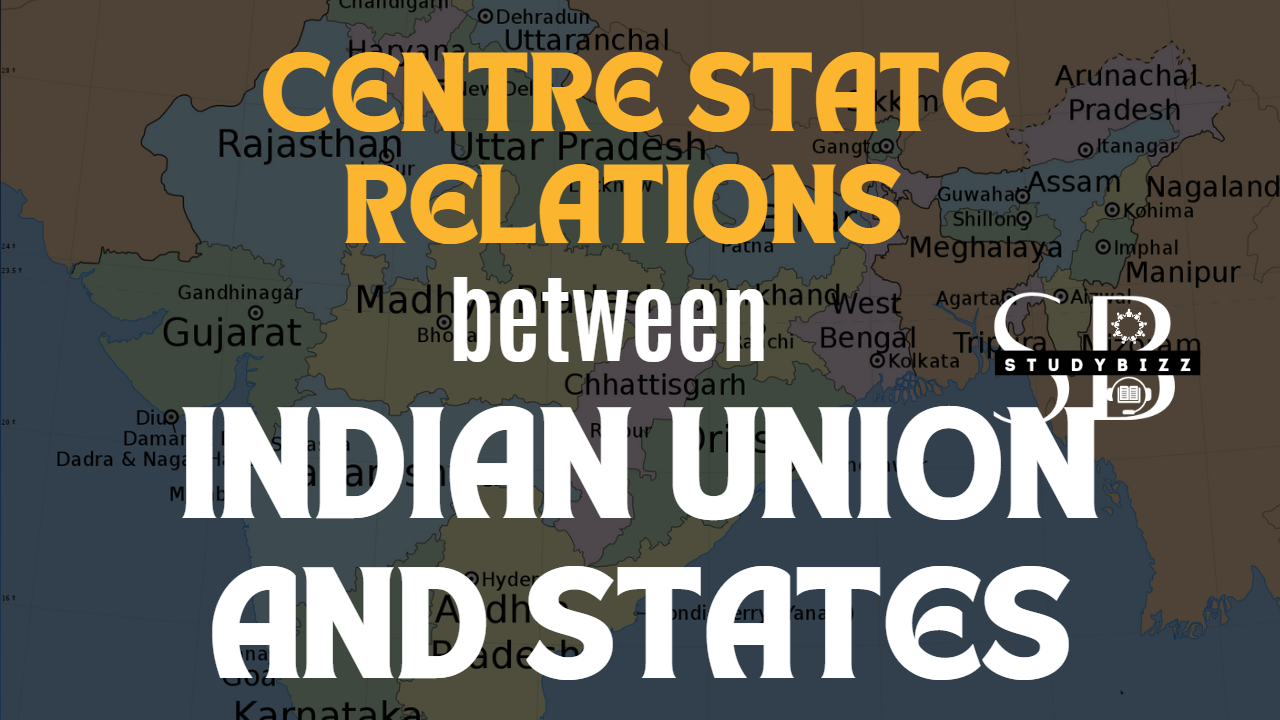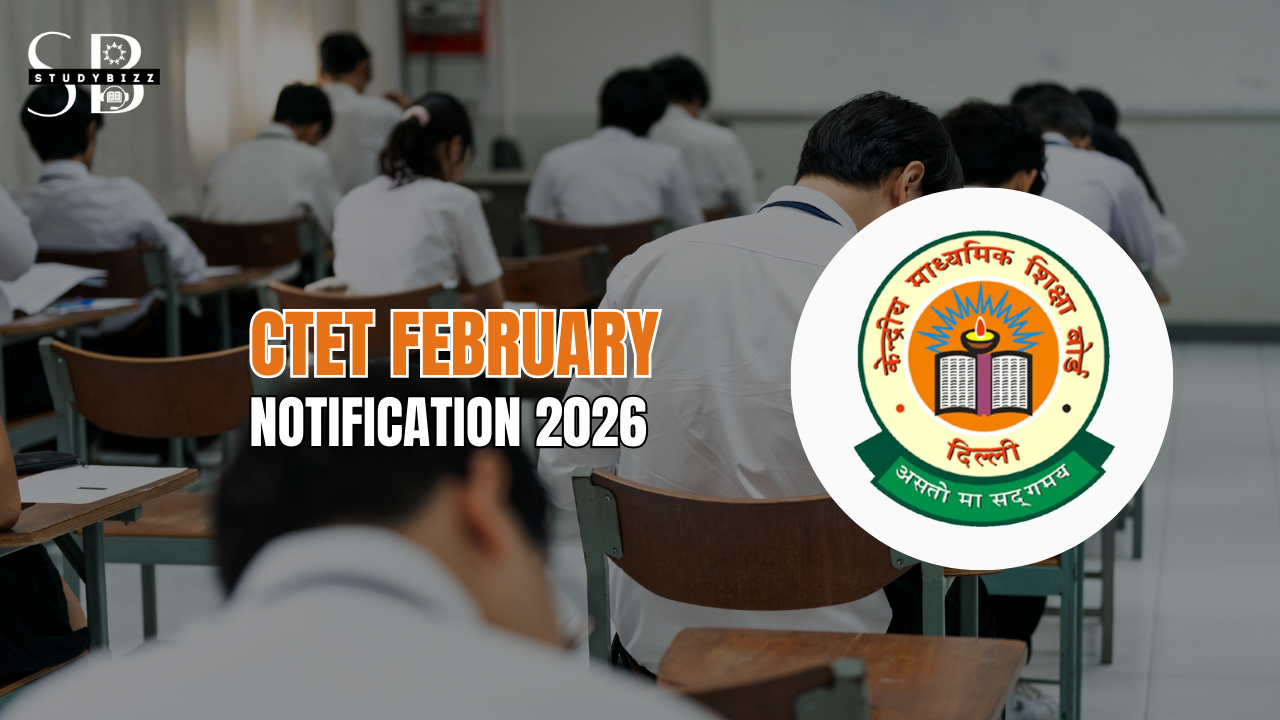In India, the Constitution provides for a federal system of government where power is shared between the Union (Central) Government and the State Governments. The administrative relations between the Union and the States are an important aspect of Centre-State relations.
The Constitution of India divides the powers between the Union Government and the State Governments under three lists – Union List, State List, and Concurrent List. The Union List consists of subjects that are within the exclusive domain of the Union Government, such as defense, foreign affairs, and currency. The State List consists of subjects that are within the exclusive domain of the State Governments, such as law and order,agriculture, and health. The Concurrent List consists of subjects that are shared by both the Union and the State Governments, such as education, forests, and social welfare.
The administrative relations between the Union and the States are governed by the provisions of the Constitution. The Union Government has the power to make laws on matters that fall under the Union List, whereas the State Governments have the power to make laws on matters that fall under the State List. In case of a conflict between the laws made by the Union and the State Governments on matters that fall under the Concurrent List, the law made by the Union Government prevails.
The Union Government also has the power to give directions to the State Governments on matters that fall under the State List if it considers necessary in the national interest. The State Governments are bound to comply with such directions. However, the Union Government cannot give directions to the State Governments on matters that fall exclusively within the State List.
Centre State relations between Indian Union and States





Leave a Reply